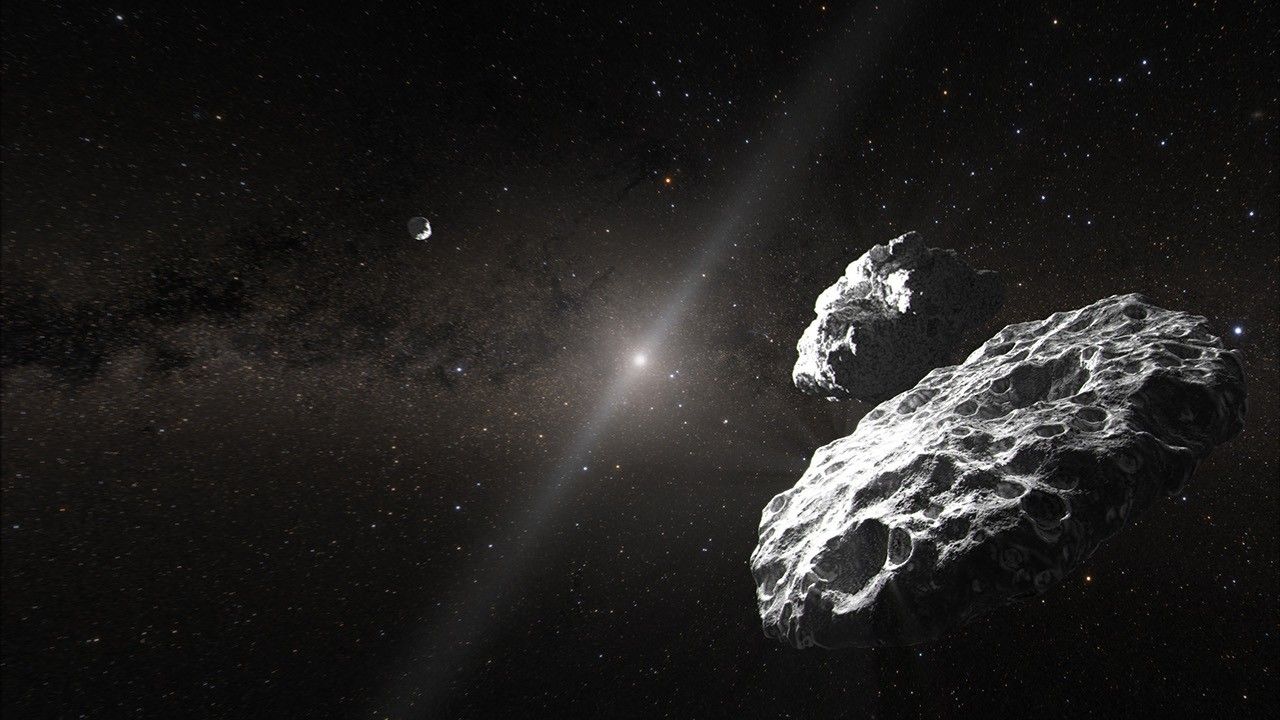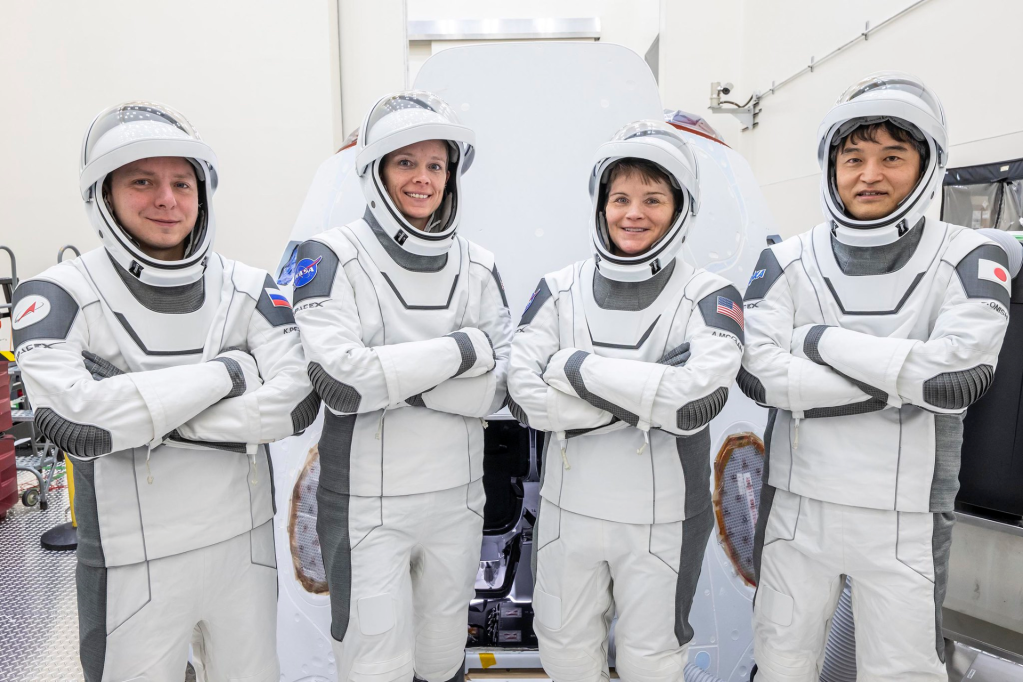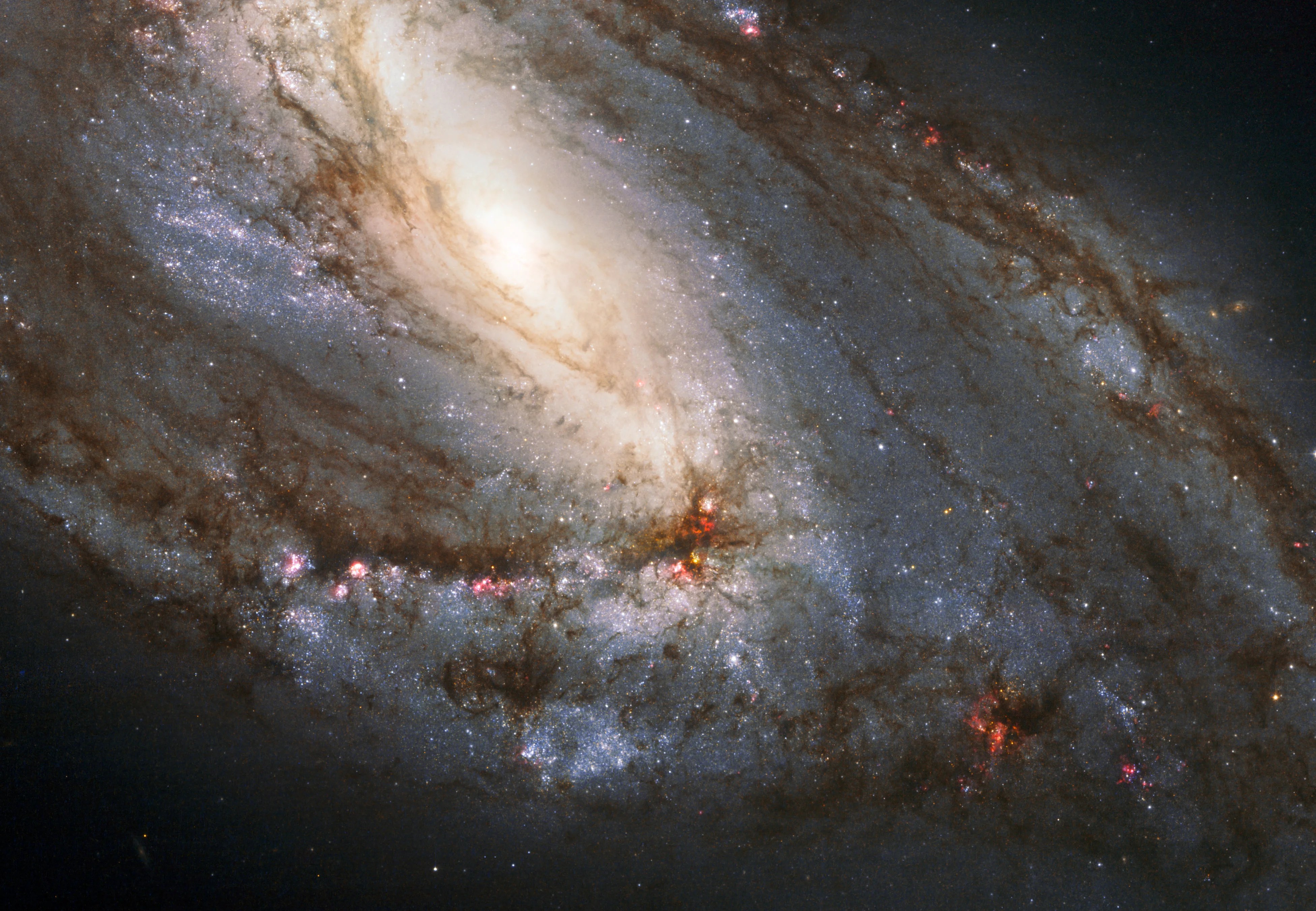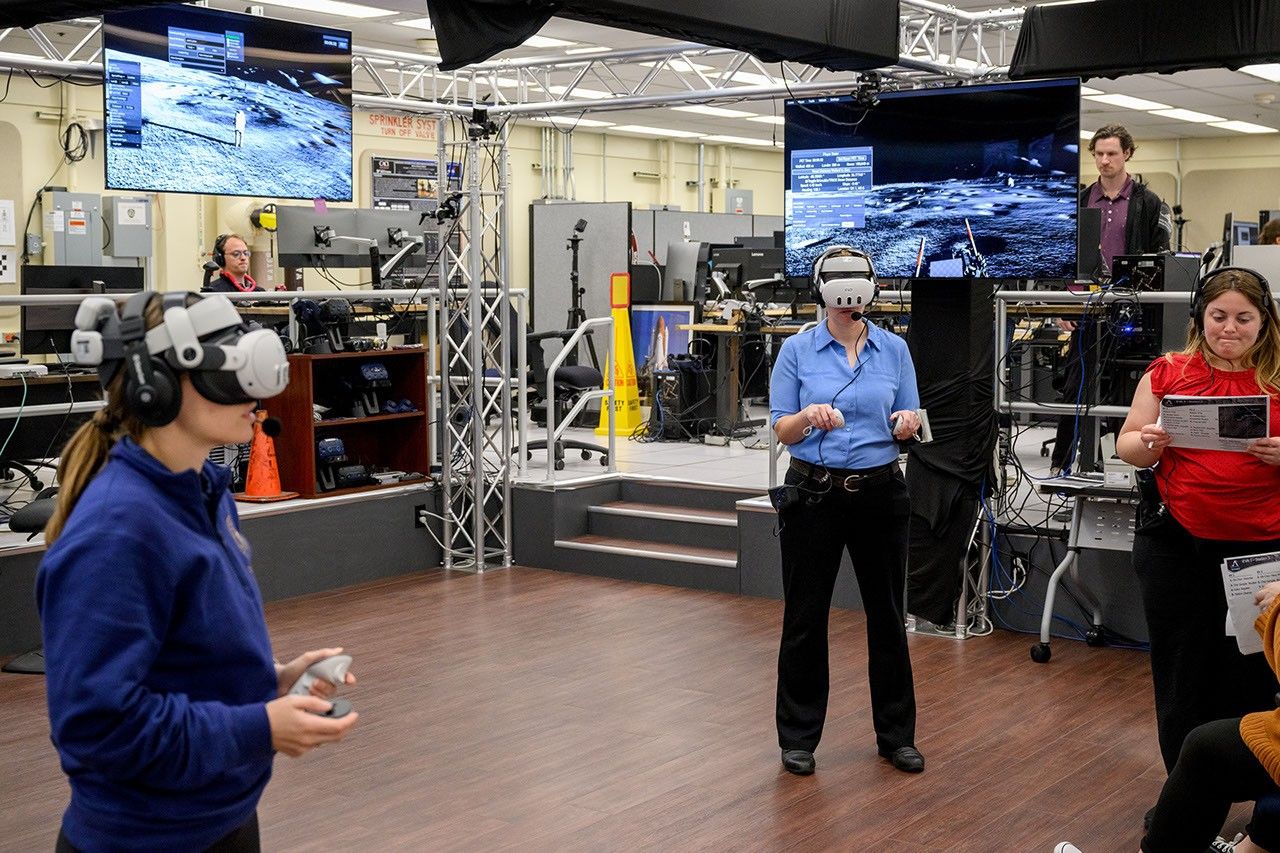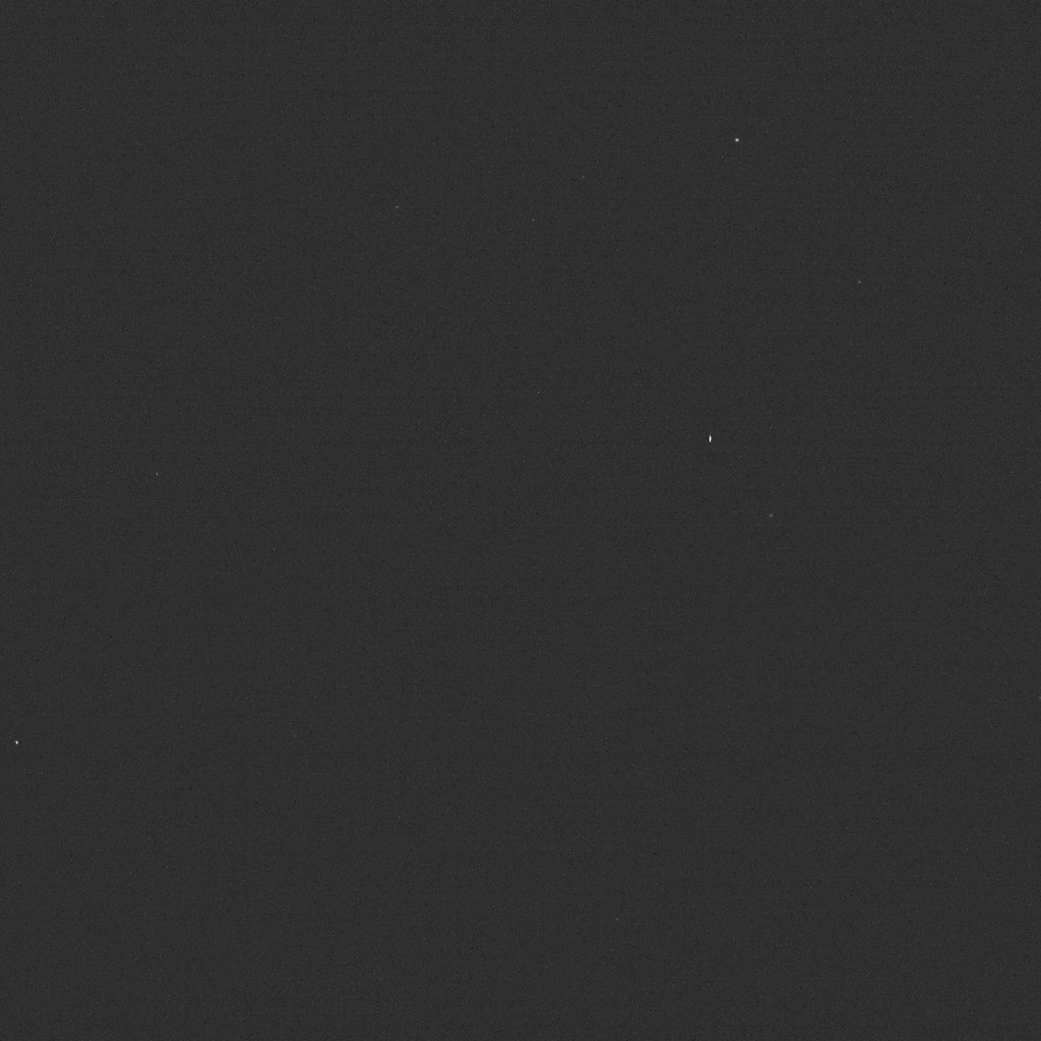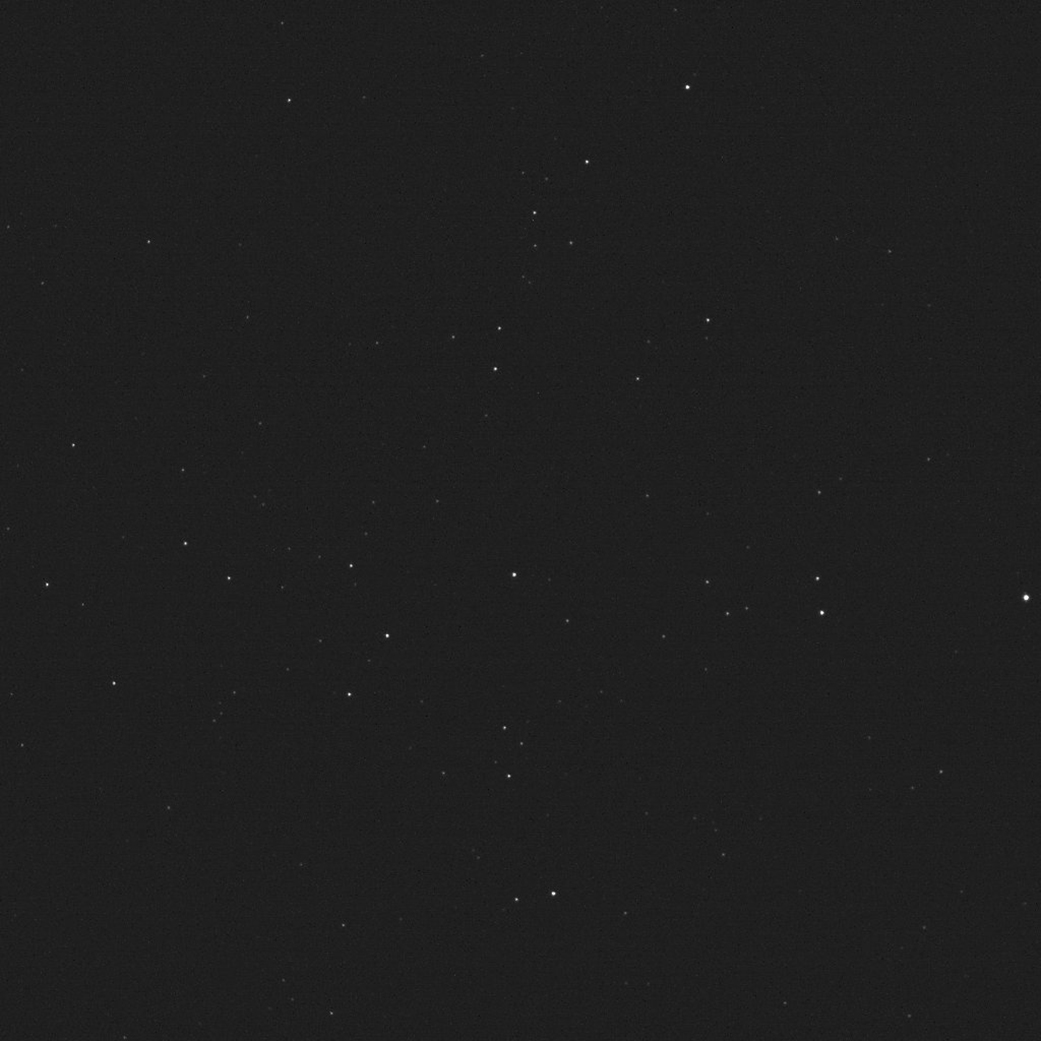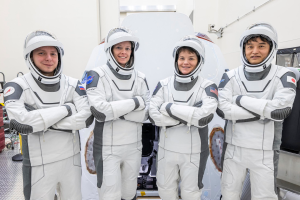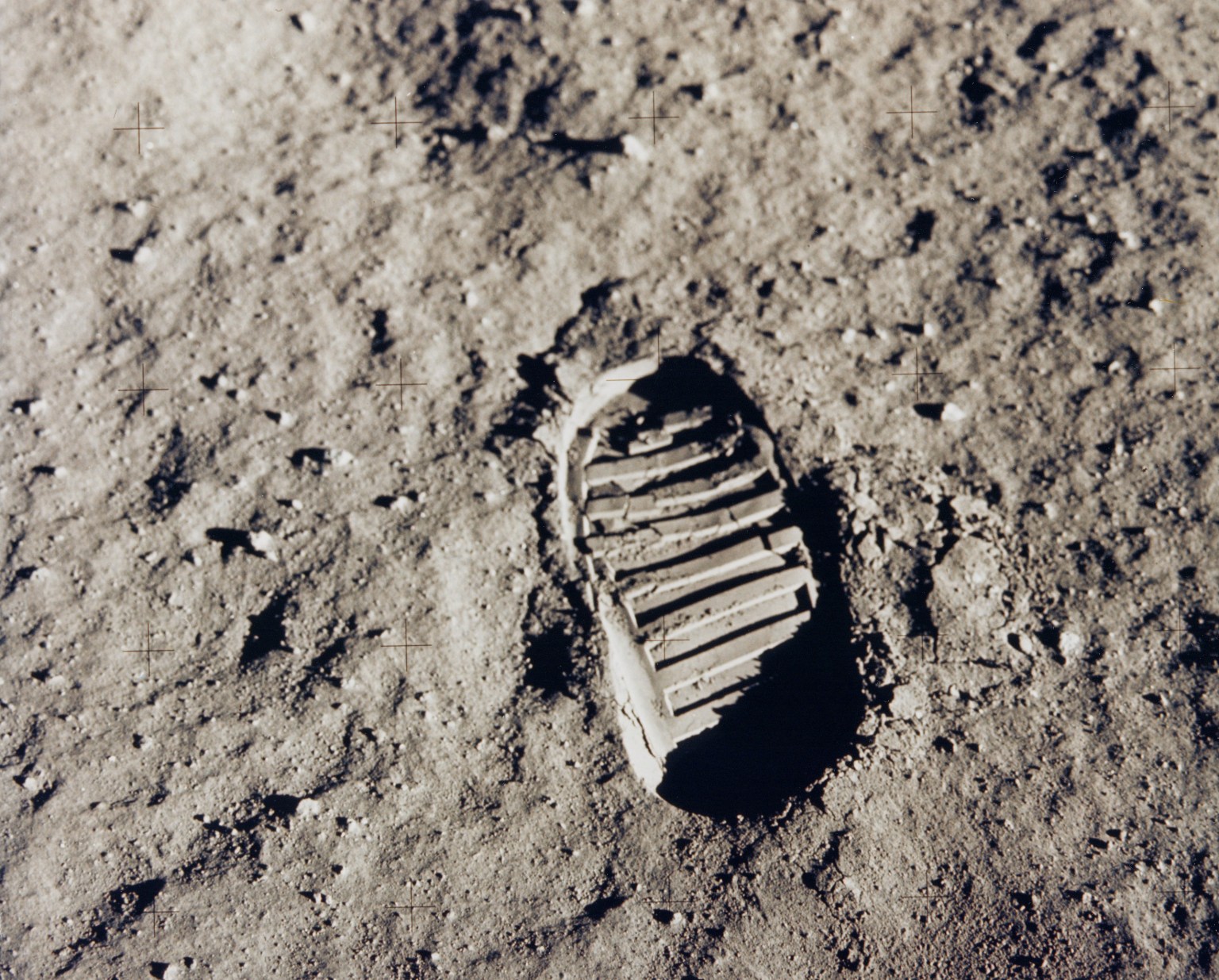Just two weeks after launching from Vandenberg Space Force Base in California, NASA’s Double Asteroid Redirection Test (DART) spacecraft has opened its “eye” and returned its first images from space — a major operational milestone for the spacecraft and DART team.
After the violent vibrations of launch and the extreme temperature shift to minus 80 degrees C in space, scientists and engineers at the mission operations center at the Johns Hopkins Applied Physics Laboratory in Laurel, Maryland, held their breath in anticipation. Because components of the spacecraft’s telescopic instrument are sensitive to movements as small as 5 millionths of a meter, even a tiny shift of something in the instrument could be very serious.
On Tuesday, Dec. 7, the spacecraft popped open the circular door covering the aperture of its DRACO telescopic camera and, to everyone’s glee, streamed back the first image of its surrounding environment. Taken about 2 million miles (11 light seconds) from Earth — very close, astronomically speaking —the image shows about a dozen stars, crystal-clear and sharp against the black backdrop of space, near where the constellations Perseus, Aries and Taurus intersect.
The DART navigation team at NASA’s Jet Propulsion Laboratory in California used the stars in the image to determine precisely how DRACO was oriented, providing the first measurements of how the camera is pointed relative to the spacecraft. With those measurements in hand, the DART team could accurately move the spacecraft to point DRACO at objects of interest, such as Messier 38 (M38), also known as the Starfish Cluster, that DART captured in another image on Dec. 10. Located in the constellation Auriga, the cluster of stars lies some 4,200 light years from Earth. Intentionally capturing images with many stars like M38 helps the team characterize optical imperfections in the images as well as calibrate how absolutely bright an object is — all important details for accurate measurements when DRACO starts imaging the spacecraft’s destination, the binary asteroid system Didymos.
DRACO (short for Didymos Reconnaissance and Asteroid Camera for Optical navigation) is a high-resolution camera inspired by the imager on NASA’s New Horizons spacecraft that returned the first close-up images of the Pluto system and of a Kuiper Belt object, Arrokoth. As DART’s only instrument, DRACO will capture images of the asteroid Didymos and its moonlet asteroid Dimorphos, as well as support the spacecraft’s autonomous guidance system to direct DART to its final kinetic impact.
DART was developed and is managed by Johns Hopkins APL for NASA’s Planetary Defense Coordination Office. DART is the world’s first planetary defense test mission, intentionally executing a kinetic impact into Dimorphos to slightly change its motion in space. While neither asteroid poses a threat to Earth, the DART mission will demonstrate that a spacecraft can autonomously navigate to a kinetic impact on a relatively small target asteroid, and that this is a viable technique to deflect a genuinely dangerous asteroid, if one is ever discovered. DART will reach its target on Sept. 26, 2022.
For more information about the DART mission, visit:
https://www.nasa.gov/dartmission
-end-
Josh Handal / Alana Johnson
Headquarters, Washington
202-358-2307 / 202-358-1501
joshua.a.handal@nasa.gov / alana.r.johnson@nasa.gov
Justyna Surowiec / Michael Buckley
Johns Hopkins Applied Physics Laboratory
240-302-9268 / 240-228-7536
Justyna.Surowiec@jhuapl.edu / michael.buckley@jhuapl.edu


